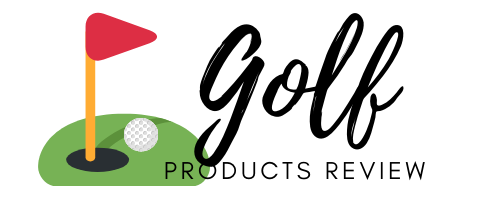
Oakmont Country Club in Pennsylvania – host of nine U.S. Opens with four more scheduled – was the recipient of an aggressive tree-clearing program that is often cited by other clubs that plan similar tree removal. (Photo by Fred Vuich/Getty Images)
Well, it’s been coming for some time. There were tree planting programs by greens chairmen and others to beautify a course in, let’s say, the ‘50s, ‘60s, ‘70s, even the late ‘80s. We used to do tree-planting plans on open sites, which may have been a pasture. We would take endemic trees and make sure they were all the same species and in the right places for a golf course.
Now, superintendents are always concerned about their budgets, and the course owners are always concerned about the budgets, of course. So they complain, with some justifications, that the trees are consuming too much of their fertilizers, their water, and also that the root structures are hard to mow on. That’s a fair statement in some cases.
But to clear cut an entire golf course for better views or to go back to some past thinking, to me, is not programmatic. Because trees are one of the hazards that we use. (Famed Golden Era architect A.W.) Tillinghast spoke about the trees at Winged Foot. When you have trees that are as beautiful as old elms, the last thing you do is take them down. And he didn’t.
There are trees that are not golf trees, such as spruce that have branches down on the ground and you can’t find your ball much less play it. Golf trees are stalk trees, like palms or elms and the branches are up off the ground, so that if you hit a bad shot you can find your ball. They’re not deep woods.
What I am concerned about it is, all of sudden everybody thinks that because Oakmont (near Pittsburgh and host of multiple U.S. Opens) removed so many trees, that tree removal is something special because it’s now an open course. And it’s a great golf course. But I have crossed the Pennsylvania Turnpike (that runs through Oakmont), and I consider that a bit of a carbon mess.
The second thing, where people have copied this kind of tree removal, they should be careful because with golf in the summertime, you need shade to play. People complain because they have no relief from the sun in July and August.
I think it’s a fashion, and I think it should be thought out carefully. In Europe, where we do work, if you remove a tree from a course you have to plant another one somewhere. There are local jurisdictions like that in the U.S. where you have to get permission from the community to remove any trees. There are people who are not golfers but who are aware of the environment they are living in, and in this era of golf sometimes being a target for those who don’t play it, we have to be aware of those considerations and not do things that are anti-environmental from the point of view of those who don’t play.







